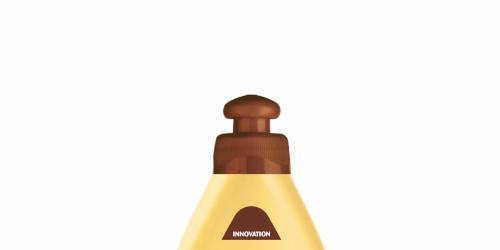In the top ten fashions after the fig leaves Eve adopted to hide her modesty in the Garden of Eden must come trousers. Women have been wearing them in the east for as long as fashion historians can tell. In the west the pioneers were probably alpine villagers in their goatskin knickerbockers (ouch!), Red Indian squaws in their soft leather riding breeches.
But the garments that really caught the world’s imagination were the Turkish trousers Amelia Bloomer promoted in her American temperance and women’s rights journal, The Lily, in the spring of 1851. As I explain in Wearing the Trousers: Fashion, Freedom and the Rise of the Modern Woman, the first full length history of what became known as the rational dress movement – rational being the Victorian buzz-word for everything right-thinking people should adopt – Mrs Bloomer’s modest article went viral, rapidly crossed the Atlantic and within a few months was titillating and infuriating readers in Australia and New Zealand.
What the press christened bloomers inspired brave spirits everywhere to abandon their constricting corsets and combustible crinolines, provoking a funny, often farcical, male-chauvinist, anti-feminist backlash. Bloomerism became a stick to beat the women’s rights movement with, at its heart the fear that women quite literally might get to wear the trousers.
Two women championed the cause in Britain, neither of them militant feminists, both passionate advocates of Women’s Lib. In 1851 Caroline Dexter, an obscure, well-educated Nottingham woman with surprisingly good connections, toured the length and breadth of Britain, drawing audiences of up to 4,000 to hear about and see the shocking addition to the female wardrobe.
In 1880 the better known Lady Harberton took up the baton, promoting what she preferred to call divided skirts (NOT trousers), finally becoming so exasperated with the Liberal Establishment she scrapped her subscriptions to every other body and funded the suffragette cause.
Come the First World War women took to trousers to do a host of jobs their men folk had abandoned to fight the dreaded Hun, among them scores of Land Army girls in their natty knickerbockers, which became the cycling wear of choice when women took to bicycles in large numbers in the 1920s and 1930s.
The Second World War accelerated to demand for women’s trousers, above all because they were warmer whether you were active on the home front, operating a fire hose, or scanning the skies with a searchlight for enemy aircraft. You might think the battle for women’s trousers had been won.
Not a bit of it. As I point out at the conclusion of my book, thanks to the Taliban and Islamic State they are now banned in countries where women have been wearing them for centuries.


